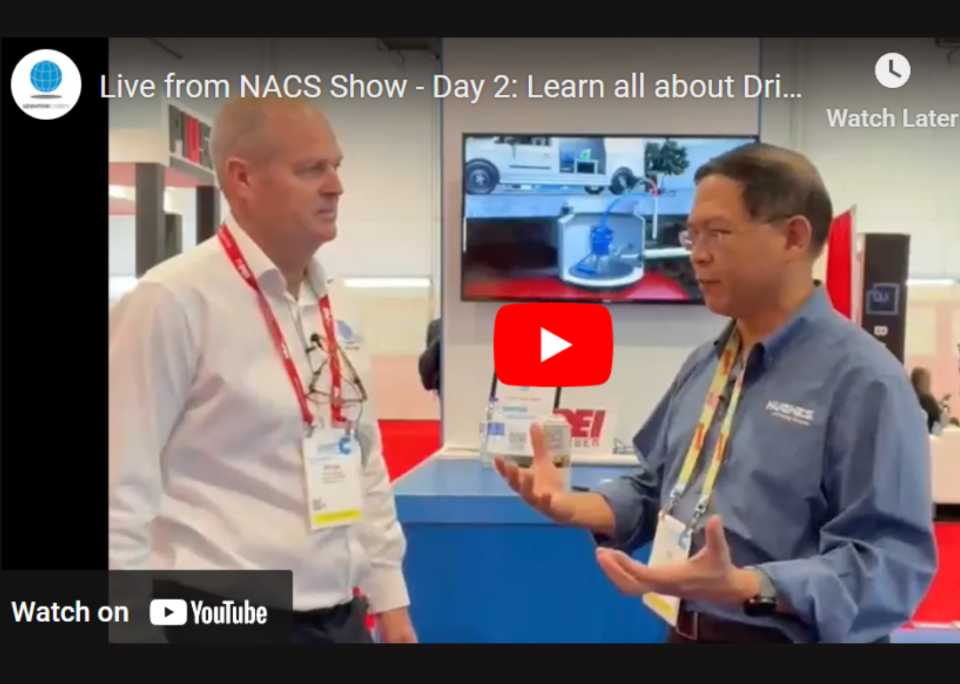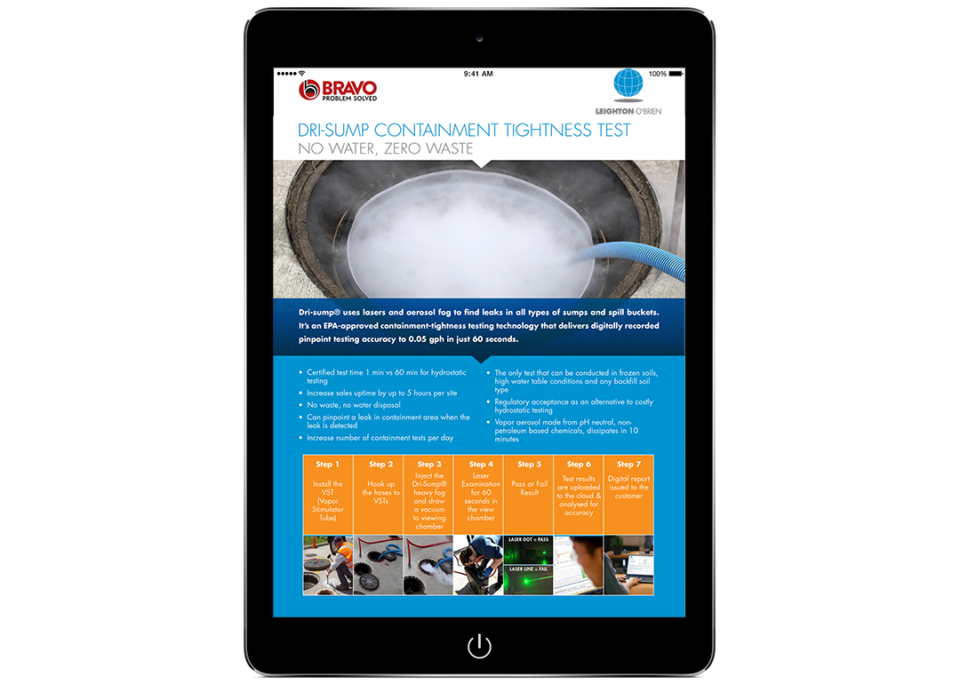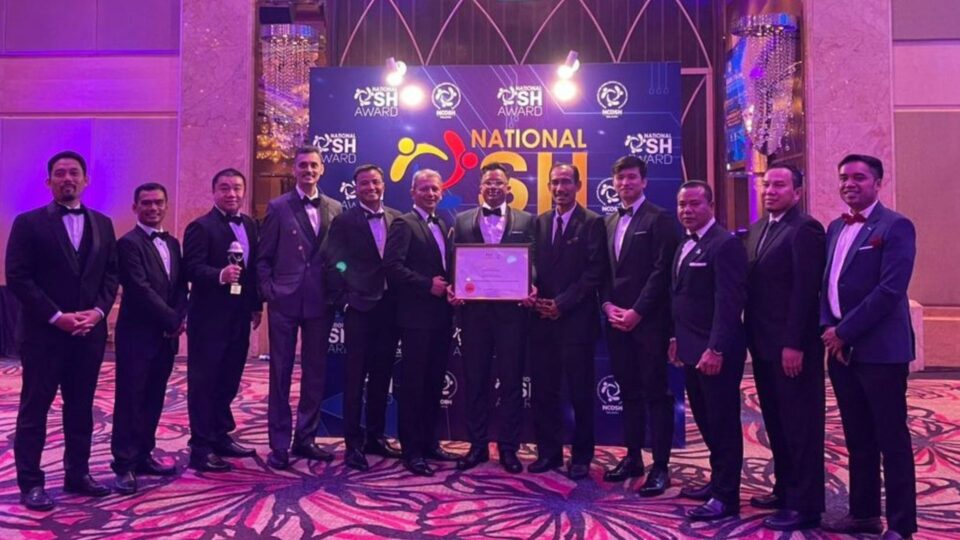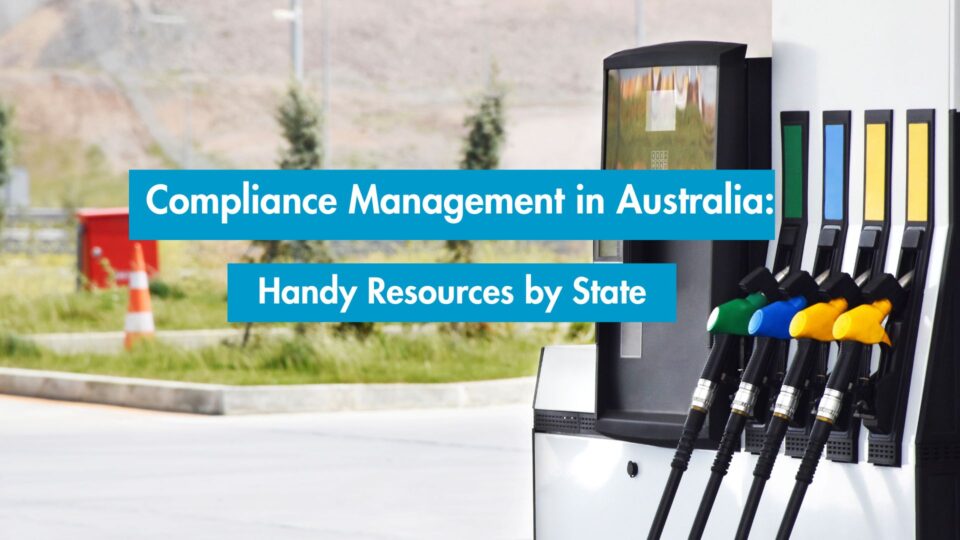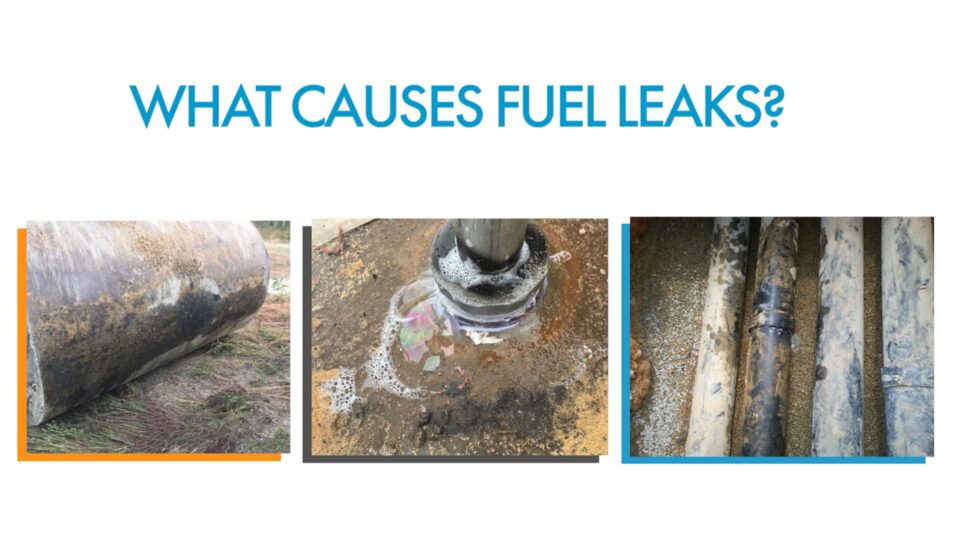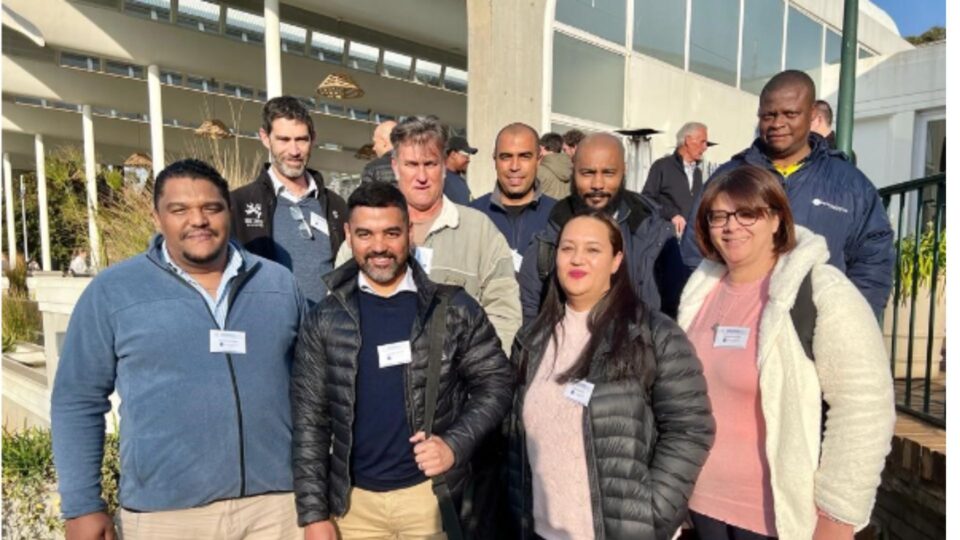- 04.10.2022
- iHUB
Changing the status quo on UST containment testing: How you can improve compliance and conserve water, not contaminate it
Articles
Changing the status quo on UST containment testing: How you can improve compliance and conserve water, not contaminate it
Federal UST regulations in the United States require spill prevention equipment and containment sumps to be integrity tested every three years. If double-walled, monthly interstitial monitoring is also required.
The test must determine whether the equipment is liquid-tight by using either vacuum, pressure, or hydrostatic test methods.
The industry standard is hydrostatic testing, but at a recent compliance conference we heard about the challenges of this test method, in particular the amount of waste water it generates and the logistics and costs associated with disposal.
Does it make sense to use and contaminate water to prevent water contamination? We are convinced it does not. There are alternatives to hydrostatic testing that are regulatory accepted, more effective and do not involve any water waste or contamination.
Challenges with Hydrostatic Testing
While hydrostatic testing methods can be popular, there are some downsides:
- Testing takes a long time (1-3 hours for each test) causing site disruption and sales impact.
- Contamination risk and hazardous waste disposal are involved.
- For testers, there’s significant logistical considerations and equipment costs, such as water wagons, pumps and hoses. They also need to consider where and how many gallons of water to source and dispose of after each test.
- Safety is also an ever-present risk.
Costs associated with water disposal
The disposal of waste water is not only harmful to the environment but also expensive for operators.
A 2013 US EPA cost analysis conducted found that annual testing of spill bucket containment would require the disposal of approximately 4,463,140 gallons of water annually at a cost of $89,262,800.00 (based on $400 disposal per 20 gallons generated from 3 spill buckets and one Stage I bucket for 223,157 UST sites).
Apply that math today for 192,676 sites (updated EPA data) and approximately 3,853,520 gallons of water would be required, costing operators a total of $77,070,400.
Additionally, 3-year integrity testing of containment sumps would require the disposal of approximately 7,810,495 gallons of water annually, costing $156,209,900.00 annually (based on 4 UDCs and 3 STP sumps requiring approximately 105 gallons re-used for each test location and then disposed of).
Again, in today’s world that’s 6,743,660 gallons of water annually costing approx. $134, 873,200.
An alternative to Hydro Testing: Dri-sump® Containment Tightness Testing
Dri-sump® is an EPA-accepted method of sump testing that is gaining traction as an alternative to hydrostatic testing.
It does not use water or create any waste by-products. It can pinpoint leaks in all parts of the component including conduits, sides, bottoms, penetrations, and seams and it only takes 60 seconds.
Instead of water, Dri-sump uses a food-grade, pH-neutral, non-petroleum vapor aerosol that is injected into the sump, filling a 300-gallon sump in approximately 15 seconds.
After injecting the aerosol vapor, an air generator ‘pulls’ the vapor from the sump into a viewing chamber that is connected to a Vapor Stimulator Tube (VST) that is installed via a small hole drilled through concrete next to spill buckets and containment sumps.
A laser is then introduced. If the viewer sees a green laser “dot,” there is no leak and the sump passes the test. If a green “line” is observed, a leak has been detected.
A mobile app captures the laser result that is time stamped with the GPS location and uploaded into Leighton O’Brien’s software for analysis and reporting. This is important as it provides a digital, verified recording of test results.
Watch the video to see how Dri-Sump works:
Continued acknowledgement within the industry about the limitations of hydrostatic testing is leading progressive UST operators to adopt other test methods such as Dri-sump testing as an environmentally sound solution that uses no water, no contamination of our natural resources and no stress on the UST equipment that can actually cause leaks.
